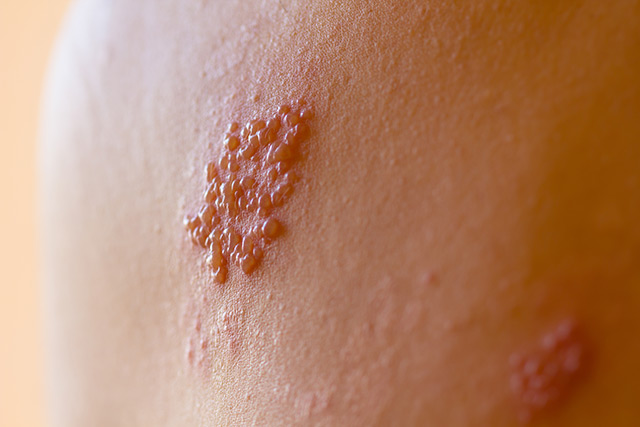Unlocking the anti-herpetic properties of plants found in Egypt
05/08/2019 // Evangelyn Rodriguez // Views
Tags: alternative medicine, anti-herpetic, Catechin, cold sores, curcumin, disease treatments, endemic disease, flavonoids, Gallic acid, goodhealth, goodmedicine, Herpes, herpes simplex virus, HSV-1, infections, natural cures, natural medicine, oral herpes, outbreak, remedies, research, viral infections, virus

- The researchers used Vero cell lines to evaluate the antiviral activity of extracts obtained from different plants against Herpes Simplex Virus type 1 (HSV-1).
- They found that extracts from only two plants, namely, Euphorbia coopire (Euphorbiaceae) and Morus alba (Moraceae) showed potent anti-herpetic activity. Six other extracts showed moderate inhibition.
- They conducted a bioassay-monitored phytochemical exploration of the two plants and isolated pure flavonoid compounds from them.
- They examined the antiviral activity of the isolated compounds and found that these seven pure compounds exhibited significant inhibition of HSV-1 viral activity:
- 7-O-galloyl catechin
- Gallic acid
- Kaempferol 3-O-B-(6?-O-galloyl)-glucopyranoside
- Quercetin 3-O-B-(6?-O-galloyl)-glucopyranoside
- Curcumin
- Quercetin
- Kaempferol
- Among the seven compounds, they identified gallic acid, 7-O-galloyl catechin, and curcumin as the compounds with the strongest antiviral activity.
Based on these results, the researchers concluded that gallic acid, 7-O-galloyl catechin, and curcumin could be potential therapeutic agents for the treatment of adenoviral infections.
Read the full study at this link.
Journal Reference:
El-Toumy SA, Salib JY, El-Kashak WA, Marty C, Bedoux G, Bourgougnon N. ANTIVIRAL EFFECT OF POLYPHENOL RICH PLANT EXTRACTS ON HERPES SIMPLEX VIRUS TYPE 1. Food Science and Human Wellness. 2018;7(1):91–101. DOI: 10.1016/j.fshw.2018.01.001
Related Topics
alternative medicine anti-herpetic Catechin cold sores curcumin disease treatments endemic disease flavonoids Gallic acid goodhealth goodmedicine Herpes herpes simplex virus HSV-1 infections natural cures natural medicine oral herpes outbreak remedies research viral infections virusLatest News
Related News
11/21/2023 / By Arsenio Toledo
11/21/2023 / By Evangelyn Rodriguez
11/21/2023 / By Zoey Sky
11/20/2023 / By Arsenio Toledo
11/17/2023 / By Zoey Sky
11/15/2023 / By Kevin Hughes
Take Action:
Support Natural News by linking to this article from your website.
Permalink to this article:
Copy
Embed article link:
Copy
Reprinting this article:
Non-commercial use is permitted with credit to NaturalNews.com (including a clickable link).
Please contact us for more information.
Please contact us for more information.






















